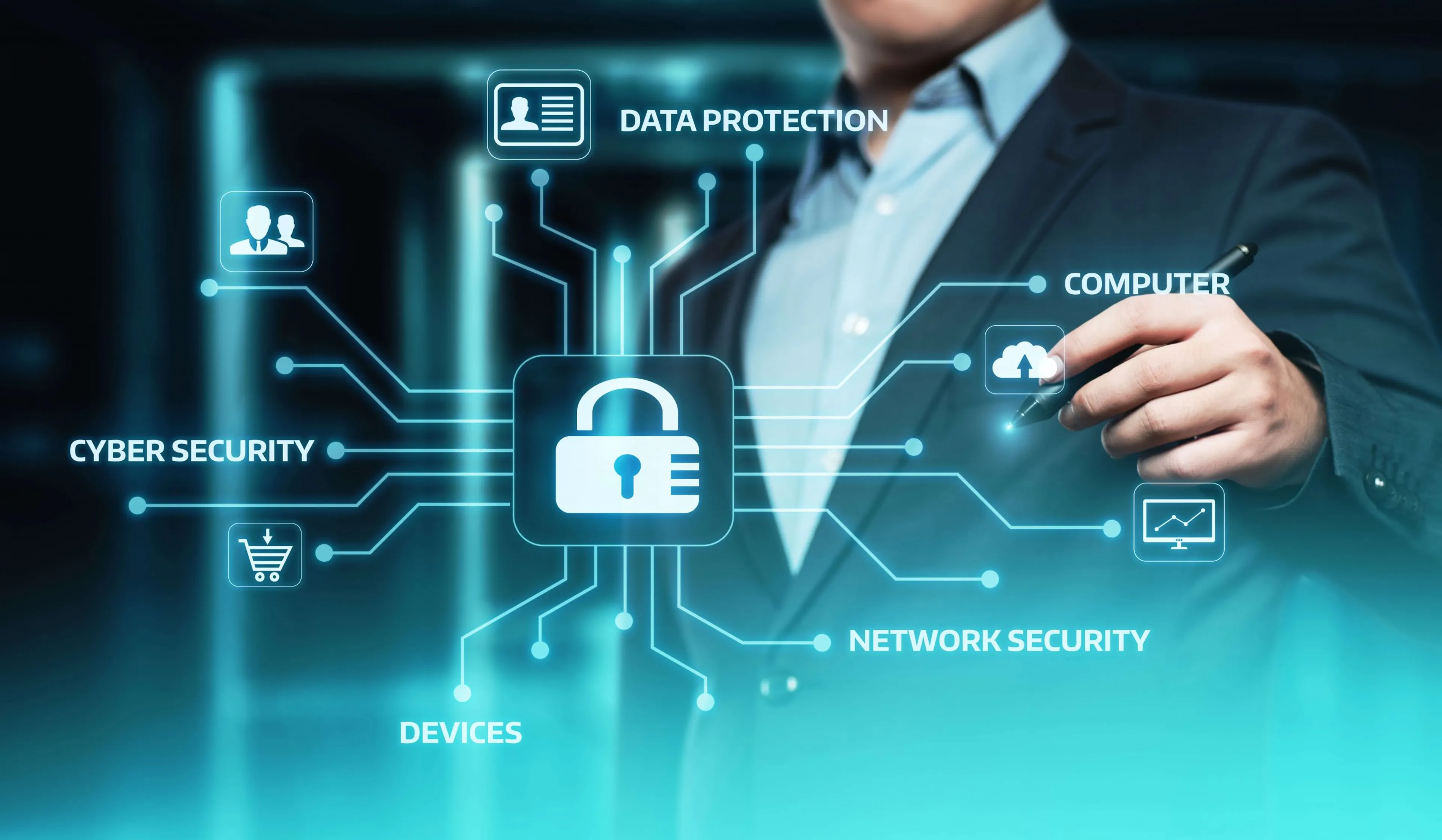Cybersecurity in the Age of Digital Technology: Protecting Your Data

In the age of digital technology, where data serves as the lifeblood of businesses and individuals alike, cybersecurity has become a paramount concern. As our reliance on digital tools and platforms continues to grow, so does the threat landscape. In this exploration, we will delve into the critical importance of cybersecurity, the evolving nature of cyber threats, and strategies to safeguard your data in an increasingly connected world.
1. The Significance of Cybersecurity
Cybersecurity is the practice of protecting computer systems, networks, and data from theft, damage, or unauthorized access. It is not merely a matter of safeguarding data; it is about preserving the integrity, confidentiality, and availability of digital assets. The repercussions of cybersecurity breaches can be far-reaching, from financial losses and reputation damage to legal and regulatory consequences.
2. The Evolving Threat Landscape
Cyber threats are constantly evolving, becoming more sophisticated and targeted. Common threats include malware, ransomware, phishing attacks, and data breaches. As technology advances, so do the methods used by cybercriminals to exploit vulnerabilities. Threats can come from individual hackers, criminal organizations, or nation-states, making cybersecurity a complex and dynamic field.
3. Data Privacy and Compliance
Data privacy regulations, such as the General Data Protection Regulation (GDPR) and the California Consumer Privacy Act (CCPA), have heightened the importance of data protection. Non-compliance can result in hefty fines. Businesses must not only secure data but also demonstrate compliance with privacy regulations, which often involve transparency and consent requirements.
4. The Human Element: Social Engineering
A significant portion of cyberattacks relies on social engineering, a tactic that exploits human psychology to gain access to sensitive information. Phishing emails, for example, trick individuals into revealing confidential data or clicking on malicious links. Cybersecurity education and awareness are crucial in countering these tactics.
5. The Role of Cybersecurity Technology
Cybersecurity technology plays a pivotal role in defending against threats. Firewalls, antivirus software, intrusion detection systems, and encryption are essential tools. Advanced technologies like artificial intelligence and machine learning are increasingly used to detect and mitigate threats in real-time.
6. Multi-Factor Authentication (MFA)
MFA adds an extra layer of security by requiring users to provide multiple forms of verification before accessing accounts or systems. This includes something the user knows (password), something the user has (smartphone or token), and something the user is (biometric data like fingerprints or facial recognition).
7. Incident Response and Disaster Recovery
Even with strong preventive measures, cyber incidents can occur. Having an incident response plan and disaster recovery strategy in place is essential. These plans outline steps to take in the event of a breach, ensuring a swift and coordinated response to minimize damage.
8. Employee Training and Awareness
Employees are often the weakest link in cybersecurity. Providing ongoing training and fostering a cybersecurity-aware culture can help prevent costly mistakes. Employees should recognize phishing attempts, practice good password hygiene, and understand their role in protecting sensitive data.
9. Supply Chain and Third-Party Risk
Third-party vendors and supply chain partners can pose cybersecurity risks. Businesses should assess and monitor the cybersecurity practices of their vendors and ensure that third parties adhere to the same level of security standards.
10. Continuous Monitoring and Adaptation
Cybersecurity is not a one-time effort; it requires continuous monitoring and adaptation. New threats emerge regularly, and vulnerabilities may be discovered in existing systems. Staying informed about the evolving threat landscape and keeping systems up to date are essential.
11. Conclusion: Vigilance in the Digital Age
As the digital landscape continues to expand and evolve, cybersecurity remains a critical concern. Protecting data and digital assets requires a multifaceted approach that combines technology, education, compliance, and proactive risk management. In an age where data is a valuable commodity, the importance of cybersecurity cannot be overstated. It is not a one-time investment but an ongoing commitment to safeguarding the digital realm in an increasingly connected world.






